The Fundamentals of Stovetop Black Beans
Whether you're looking to make burritos or a side to dip chips in, stovetop black beans are a staple. They're pretty simple to make and taste infinitely better than their canned counterparts!
I've been making black beans on the stove lately, but they're also easily made in a crock pot or instant pot. I like the control of being able to cook uncovered on the stove and be able to monitor them, though.
One of the difficulties of cooking black beans is that they don't always cook at the same temperature and for the same amount of time. The age of your beans, your climate, and whether you pre-soaked them overnight can all change the way that beans cook.
This is why I prefer to cook them on the stove as opposed to other methods. It gives you a lot more control over how they're cooking and how long you need to continue to cook.
In a pinch, I have made 45 minute beans in the instant pot. This works better with softer beans, though, that don't require as much cooking to tenderize. And you can likely increase the time and make it work. But guessing and re-pressurizing is one of my least favorite things to do with an instant pot!
My Beans are Getting Old
My beans are getting old. This sounds odd and counter-intuitive. After all, beans are supposed to be dried. What are they going to do over time… Get more dried??
Unfortunately, yes!
Beans don't age well. They tend to get stale and have a difficult time softening, if they cook at all. And this isn't something that you're going to be able to tell before you begin cooking. There isn't a great way to tell how old the harvest is, whether your grocery store has freshly stocked beans, how long they were in storage before hitting the shelves, or even just remembering how long you've had them in the back of your pantry.
I know that I've had my black beans for likely too long. But I can't remember exactly when I bought them or whether or not I've combined them at some point? Let alone keep track or even be able to find out when they were harvested!
While you might have perfectly fresh beans and never have any of these issues, it's still important to know in case you do come across the problem. Either this time or in the future, it's good to know that it is potentially an issue.
So, What Do You Do With Old Beans?
There are some old wives tales about how to combat the problems with old beans. Some say that adding salt helps. Others insist that continuing to simmer them all day will eventually rectify the problem.
My beans are almost at the point where they aren’t cooking. My last batch took much longer than anticipated! And I know that this batch is going to have similar issues.
However, if you're anything like me and don't want food to go to waste or, at the very least, have the stubborn determination to prevail! It is still possible most of the time to make this work. It might take much longer and require adding more water and spices, but slowly simmering the black beans until they become tender enough to eat is usually possible.
I'm up for the challenge. If you are, too, I have more detailed instructions on how to augment this recipe to accommodate stubborn beans. The main recipe is how fresher beans will cook. The Tips, Tricks, & Notes section has more detailed instructions.
Gallery
Variations of Stovetop Black Beans
I make black beans quite a bit. You can cook them on the stove or in a slow cooker and leave them as a bean dip or refry them.
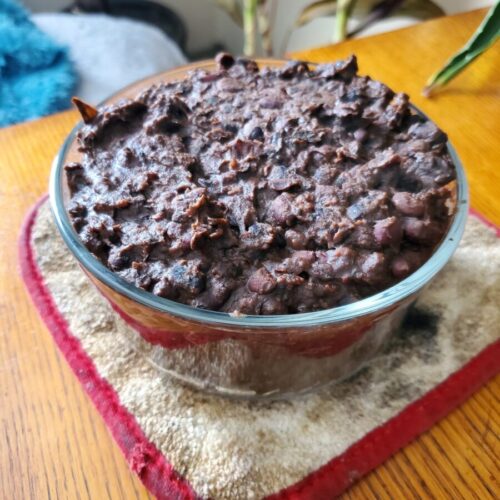
The Fundamentals of Stovetop Black Beans
Equipment
- Large Bowl
- Large Pot
- Potato Masher or Food Processor (optional)
Ingredients
- 1 lbs. dried black beans ~2 cups, soaked overnight
- 4 jalapeños minced
- 4 cloves garlic minced
- 1/2 shallot (or red onion) minced
- 4 bay leaves
- 1 tbsp. olive oil
- 1 tsp. salt
- 1 tsp. pepper
- 1 tsp. cumin
- 1 tsp. cayenne pepper
- 2 limes juiced
- 5 c. water
Instructions
Soak Beans
- Add beans to a large bowl and cover with at least 2 inches of cold water. Soak overnight.This is kind of a controversial stance. Some people don't soak their beans at all. To a certain extent, it is a personal preference. If you have older beans or want the cooking process to go a little bit faster, though, it's usually better to soak your beans. I almost always pre-soak mine. Although some people do swear by not having to!
Cook Beans
- Drain the beans.It can also be helpful to remove any stones or debris, really anything that isn't a bean at this point. I don't tend to find a lot of this in store bought dried beans. But it is something to potentially look out for.
- Add the beans and all of the other ingredients to a large pot with 5 cups of water.
- Bring to a boil and then reduce to a simmer. Simmer, uncovered, for 2 hours, or until tender. This is typically right before they begin to split open.The longer you soak the beans, the softer they will be and the less time that it will take to cook. I like to cook the beans a little bit longer so that they mash a little bit smoother. However, a firmer bean will typically cook in 60-90 minutes. A dryer bean might take 4-6 hours. And really old beans may never soften entirely.
- When the beans have reached the desired consistency, if you still have extra water in the pot, either drain and reserve the liquid or simmer out the remainder of the water.If you choose to do the simmer out method, stir constantly as the water level diminishes, or you will burn the beans on the bottom of the pot. Otherwise just strain the beans into another container.
Variations (Optional)
- If you want to make no-fry refried beans or more of a bean dip, remove the bay leaves and mash with a potato masher. You can also pulse in a food processor or puree entirely, if you want a smoother consistency.This might require more water. If you reserved some of the cooking water, add this back into the beans as needed. Otherwise, just add more tap water until you've reached the desired consistency.
- Adjust seasoning to taste and serve immediately or refrigerate for later use.
Tips, Tricks, & Notes
- If you didn’t soak the beans beforehand, you can still use this method. It will just take longer to cook. I recommend rapid soaking. This entails adding the beans to a pot and covering with 2” of water. Bring to a boil, uncovered, and boil for 1 minute. Remove from heat and cover. Let soak for an hour. Then, begin the cooking process outlined in this recipe.
- While you're cooking, if the water level gets too low and the beans are no longer covered, add more water. Just make sure not to add too much. Otherwise, you will end up with bean soup, instead of refried beans! Add just enough so that the beans are barely covered, especially near the end of the cooking process. At a certain point, about a half hour before they’re done cooking, it helps to evaporate out much of the water and stir them.
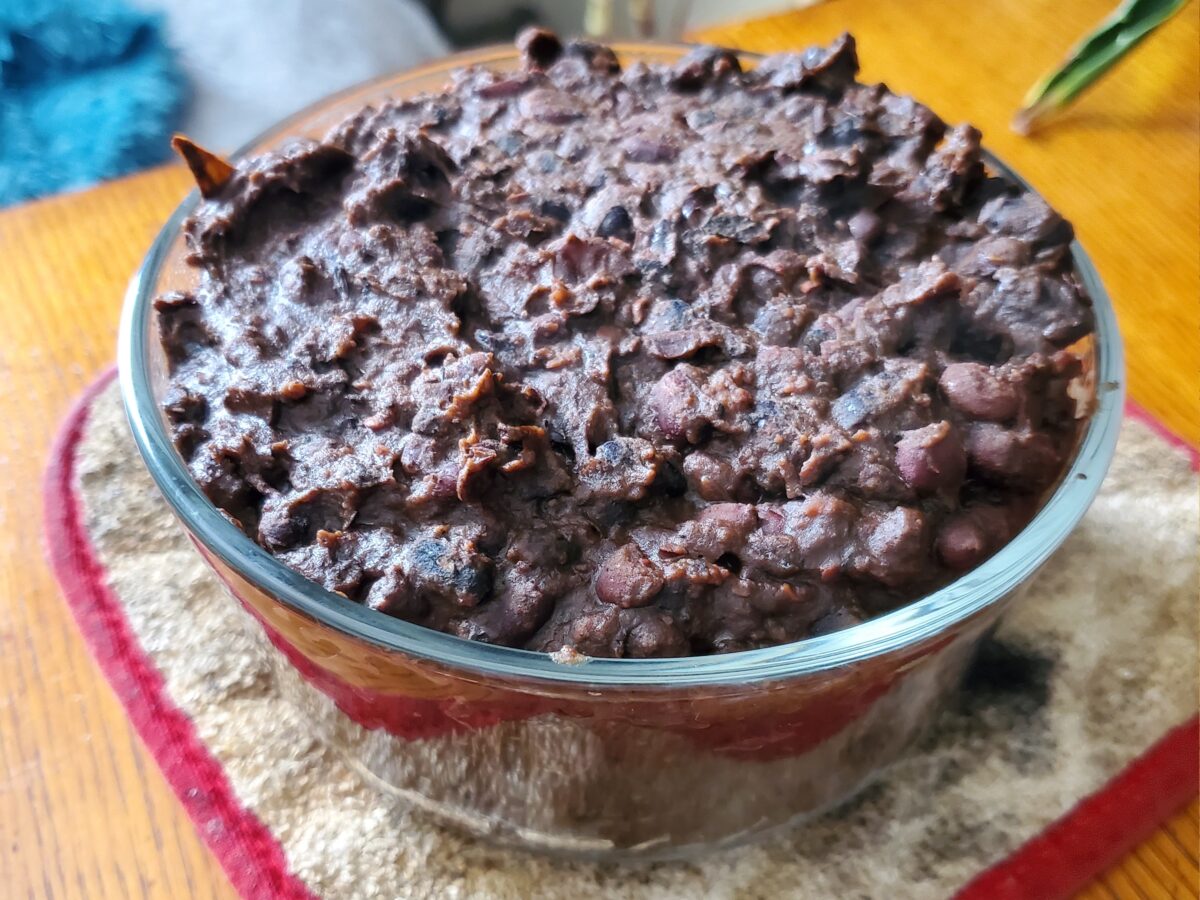
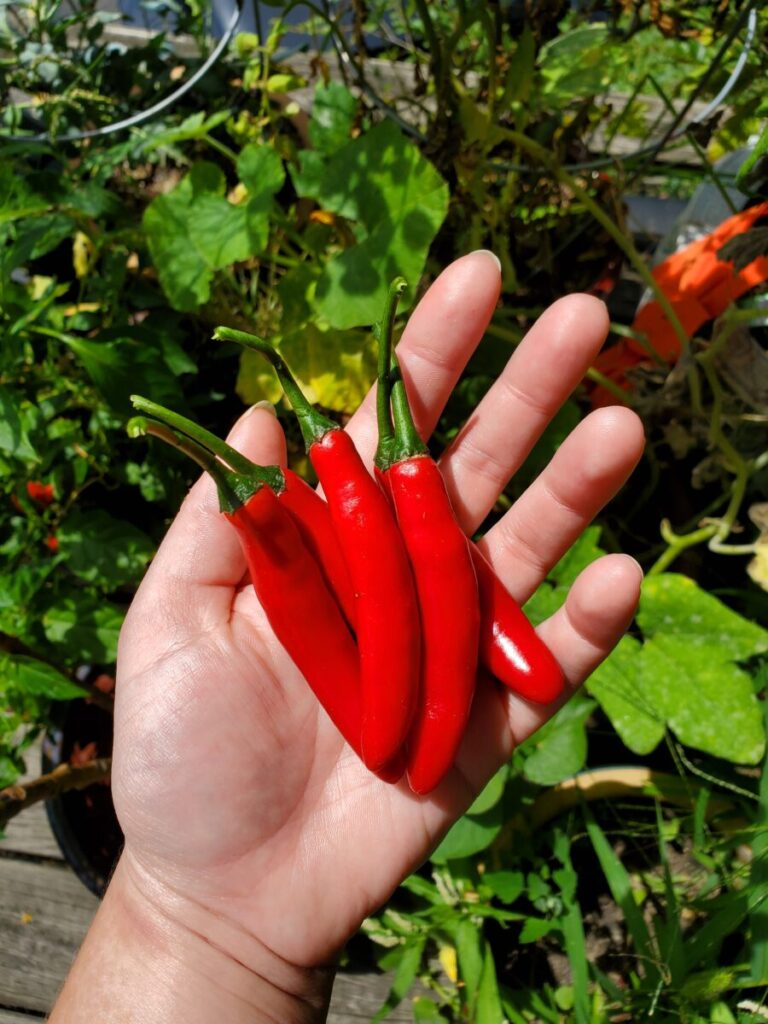


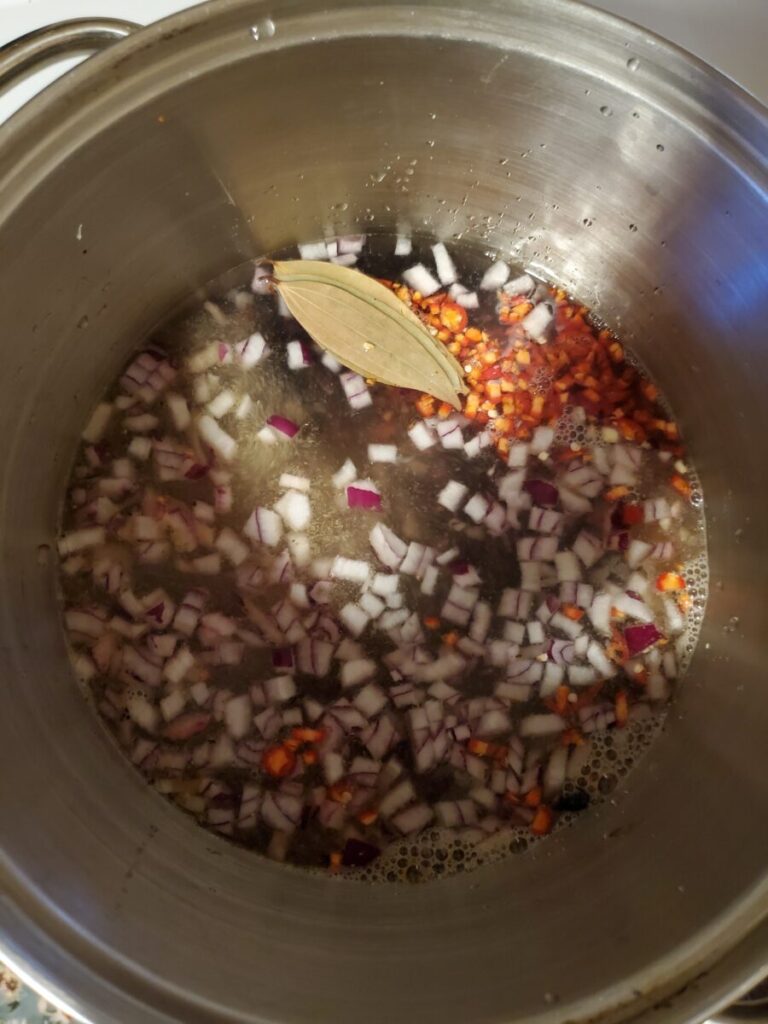
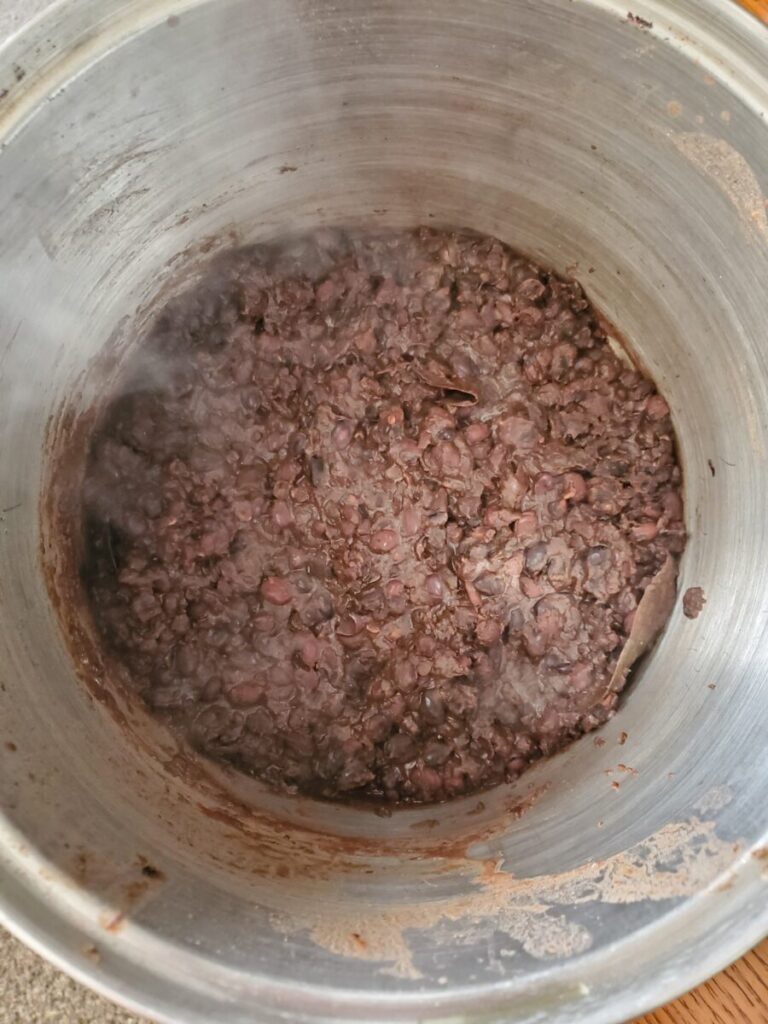
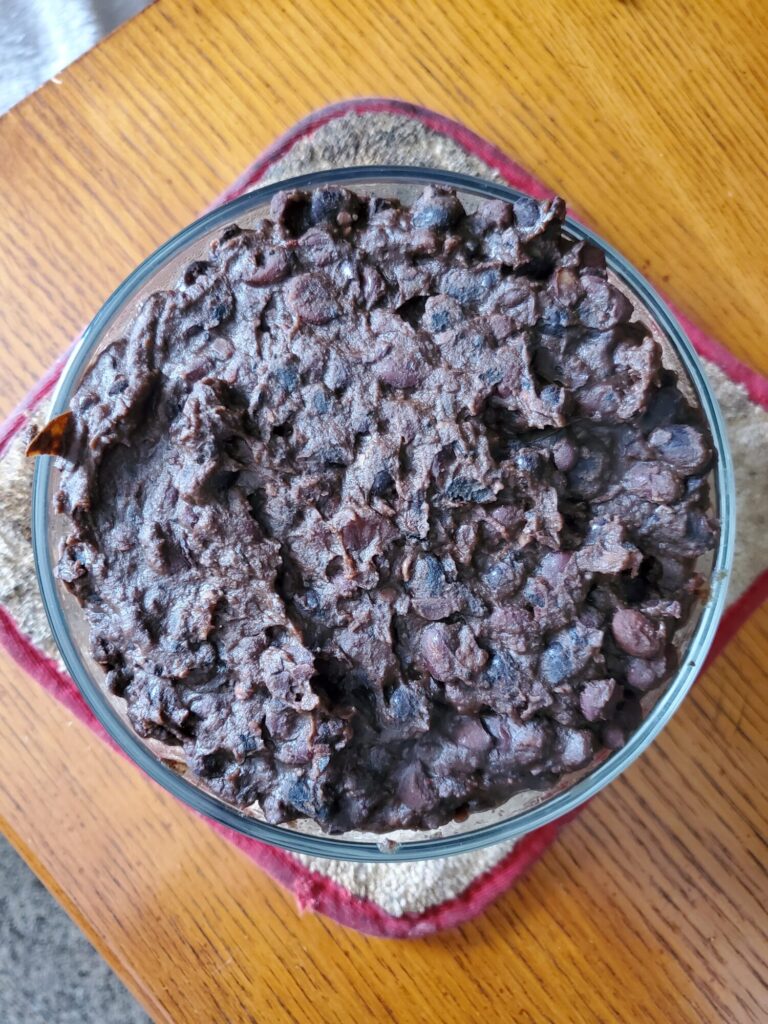
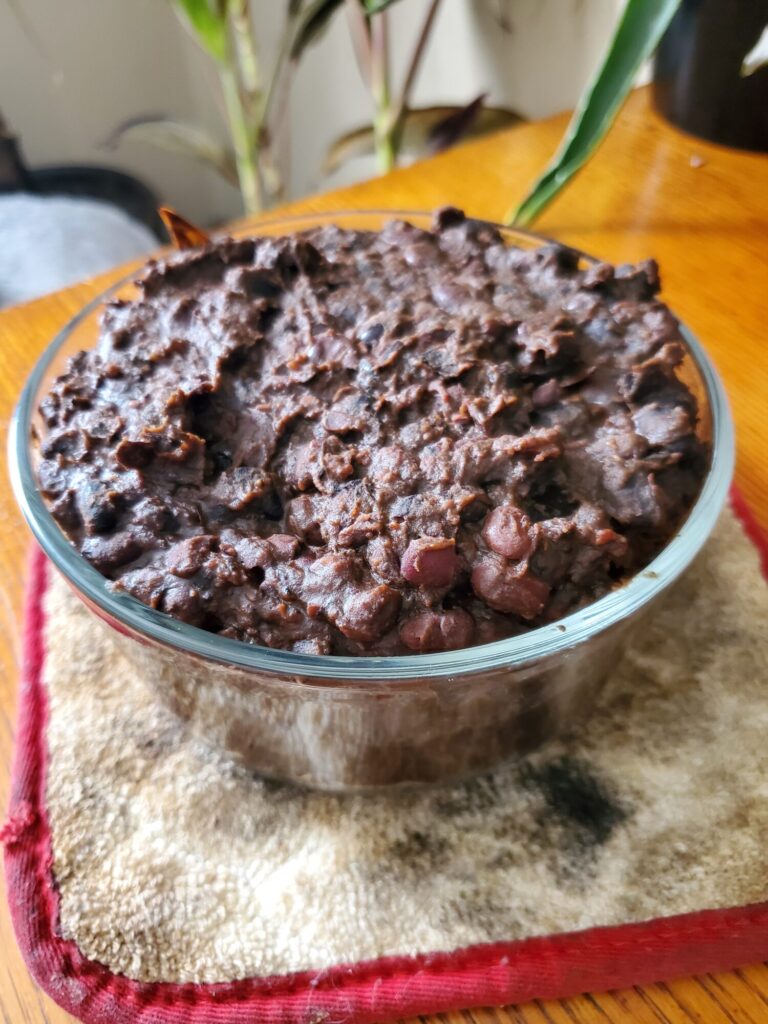
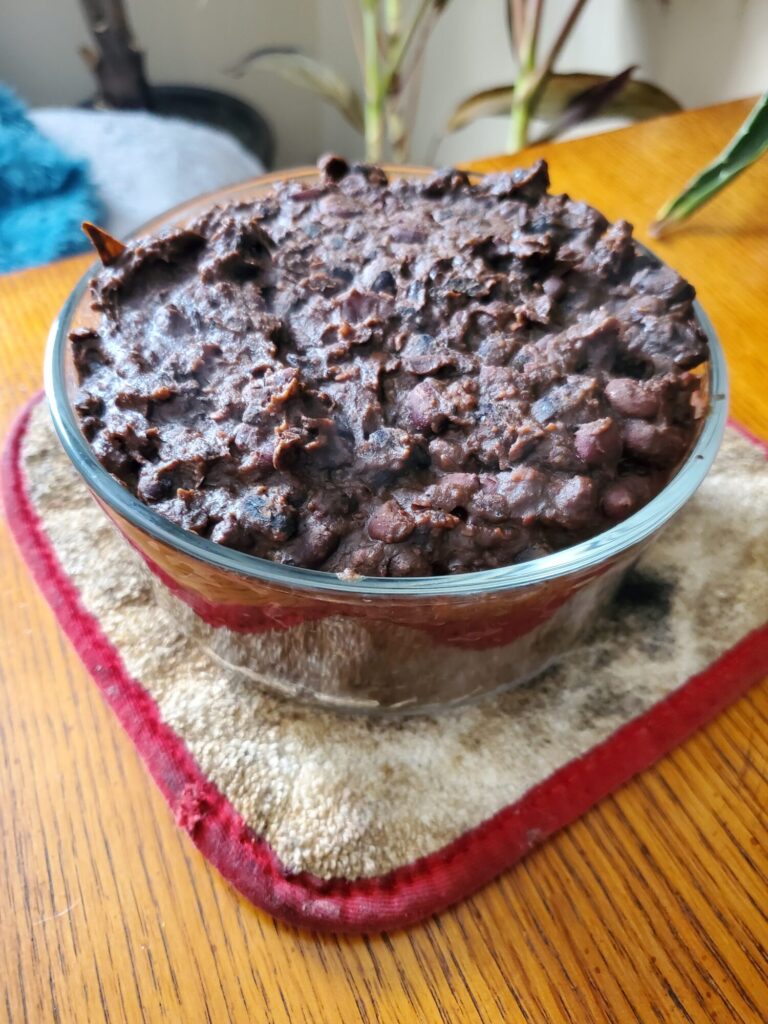
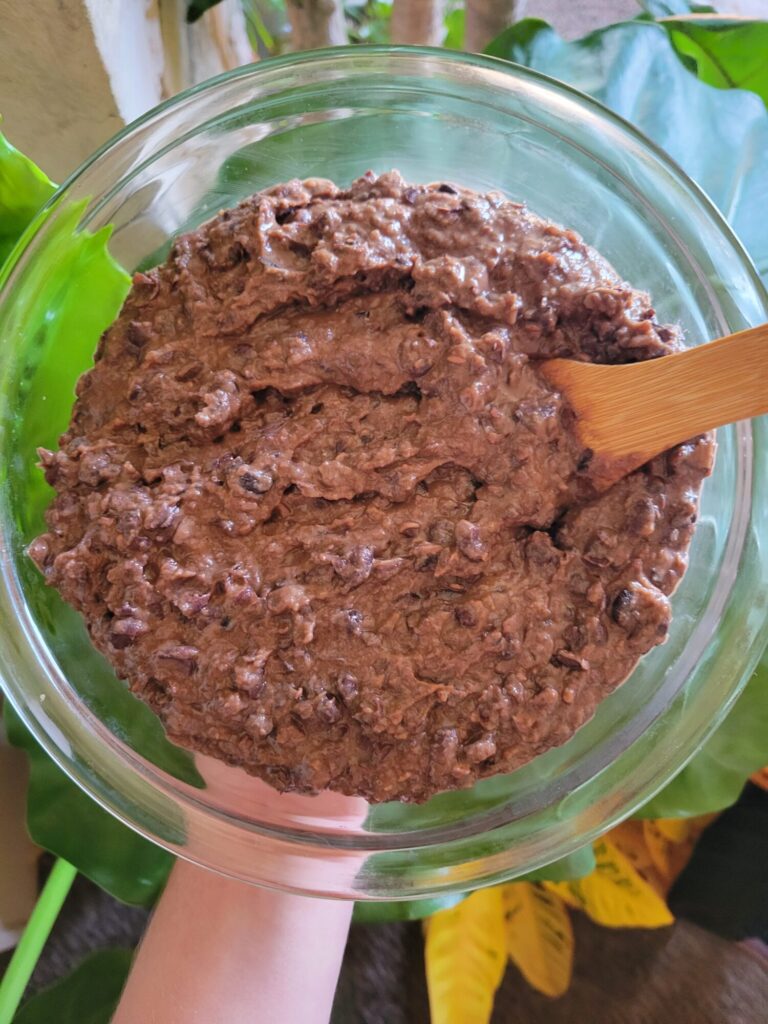
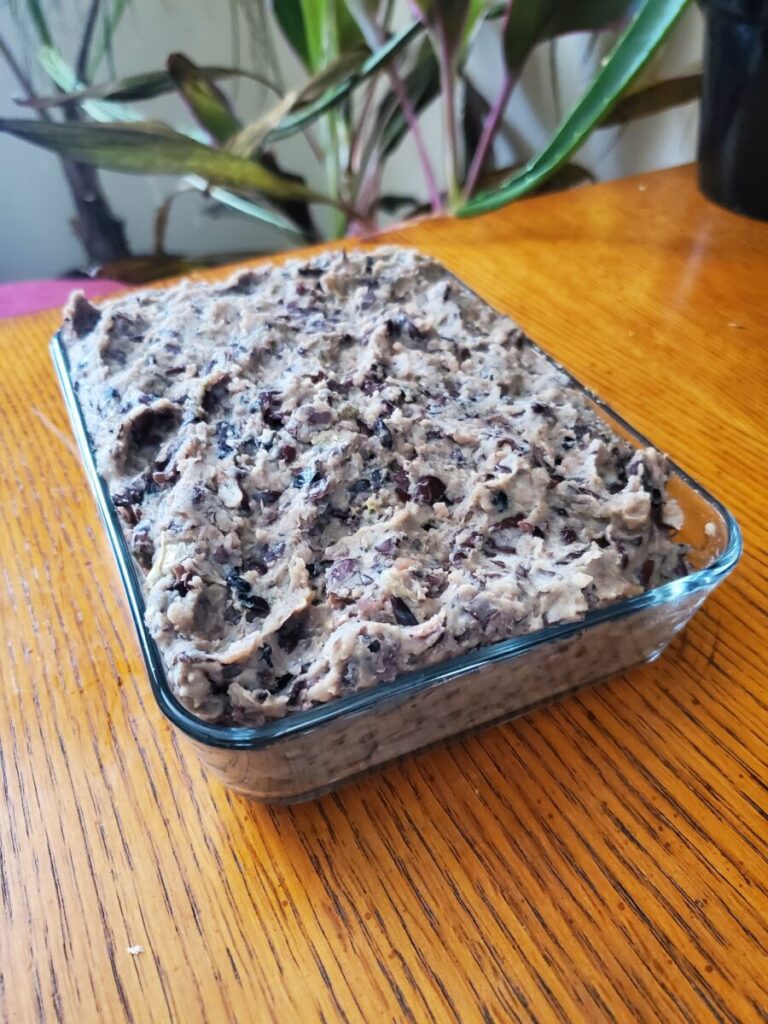




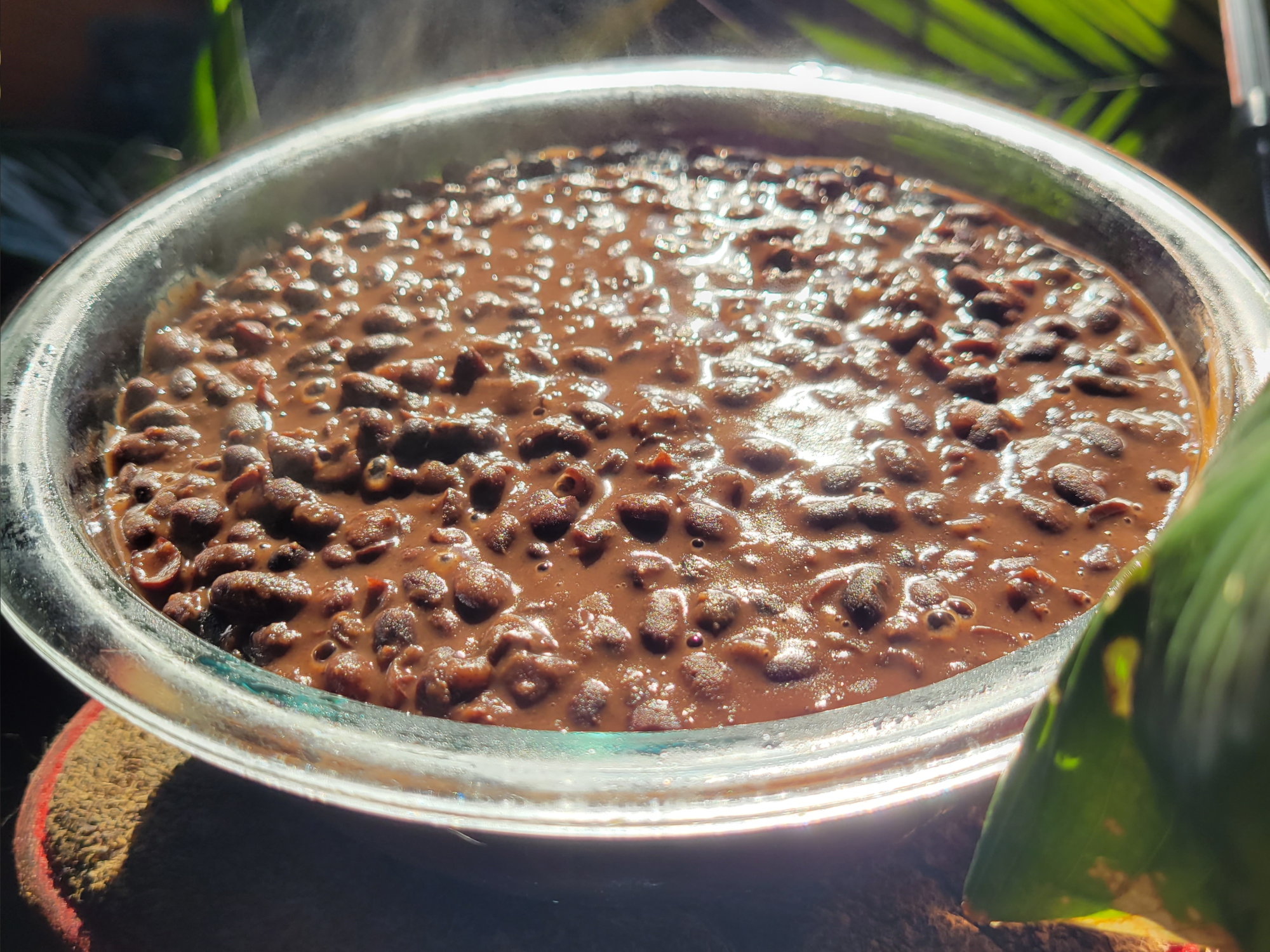




Leave a Reply